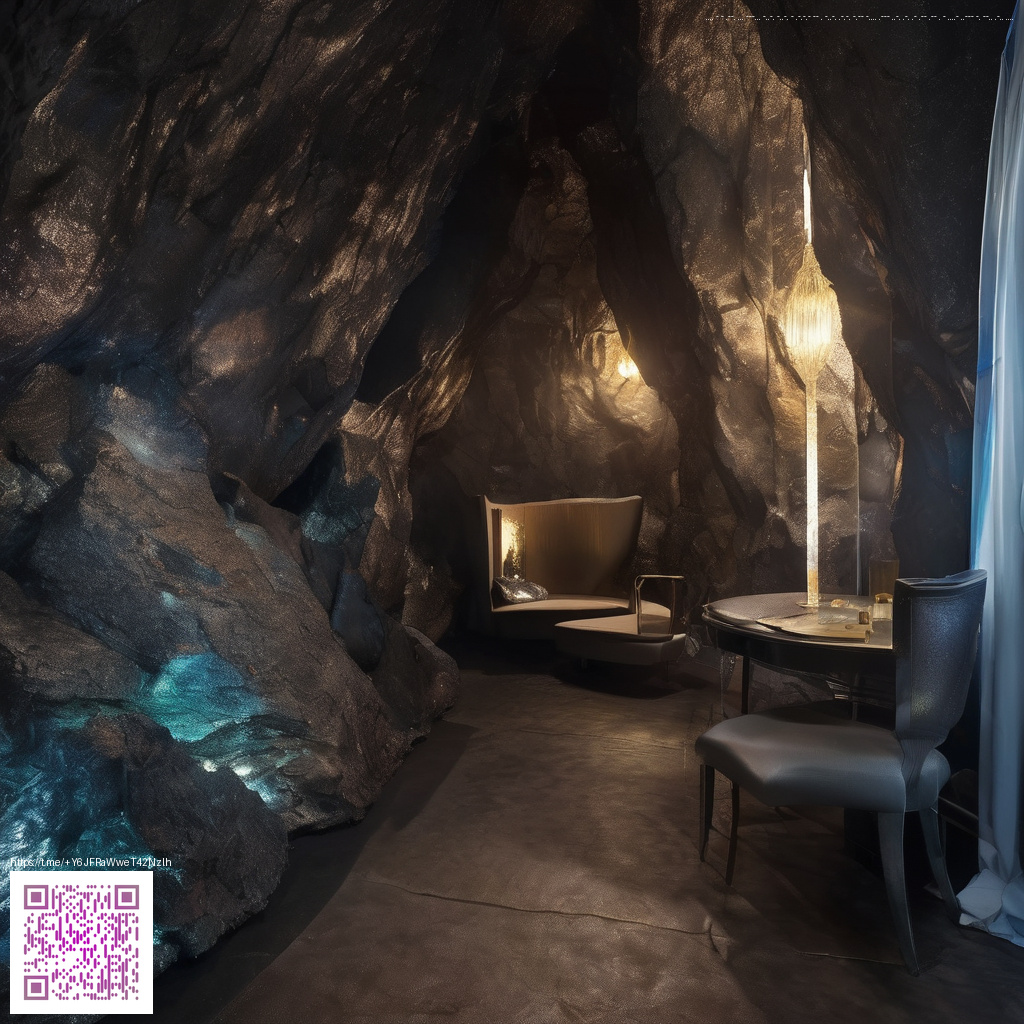
Depth and Light in Transparent Paper: A Practical Guide
Transparent paper invites a conversation between material and light. When you stack delicate sheets with varying translucencies, light becomes a sculptor, carving depth out of flat surfaces. This is less about a single wow moment and more about a controlled dialogue: how each layer changes tone, how edges peek through, and how a soft glow travels from one sheet to the next. The result is a tactile, luminous effect that rewards patient experimentation and thoughtful composition.
Materials to Gather
- Thin translucent papers (washi, vellum, or glassine)
- Backing sheets in neutral hues to emphasize glow
- Backlight options (LED panel or warm desk lamp)
- Color washes or light inks for tinting individual sheets
- A light blade or precision knife for clean edges
- Adhesives that dry clear and are low-profile
- Desk accessories to keep the workspace tidy and well-lit
As you gather materials, consider how each sheet will interact with your chosen light source. A backlit setup tends to reveal the most depth, while a daylight-balanced environment preserves subtle color shifts. If you’re aiming for a cohesive desk aesthetic, pairing your transparent paper experiment with functional accessories can help you visualize how ambience and function coexist.
“Light is not just something that falls on a surface; it travels through layers, revealing their secrets one by one."
Techniques to Build Depth
Begin with a single translucent sheet as your base and gradually add layers in a staggered arrangement. Offset the edges so the seams become part of the composition rather than invisible joins. Try tinting each layer with a different hue, then revisit the stack under varying light angles to observe how color perception shifts. The idea is to let translucency do the heavy lifting: the more layers, the more you’ll see the interplay of light and shade.
Here are a few approaches that consistently yield rich, luminous results:
- Layering strategy: Use 3–5 sheets with slight offsets to create a stair-stepped edge that catches the light along each bevel.
- Color modulation: Apply translucent washes to individual sheets—think a cool blue on the base with a warm amber on top for a sunset glow.
- Edge visibility: Leave narrow margins exposed to emphasize structure; hidden seams tend to flatten depth.
- Backlighting: Place a soft LED behind the stack. The glow highlights the internal geometry and makes the layers breathe with life.
When you’re setting up a dedicated workspace for this kind of experimentation, a sturdy surface and a glassy, glare-free environment help. A practical desk accessory like the Neon Desk Neoprene Mouse Pad can keep smudges at bay while you focus on the glow of your sheets. You can learn more about this product on its page: Neon Desk Neoprene Mouse Pad.
Finally, document your iterations. Photograph the stack under different lighting, noting which layers align to produce the most cohesive depth. The idea is not to chase perfection in a single shot, but to map how light travels through a series of transparent planes and how those paths shift as you rearrange the components.
For readers exploring related desk aesthetics or additional inspiration, consider visiting the broader reference hub linked below. It pairs nicely with the physical, hands-on approach of building depth through translucency.